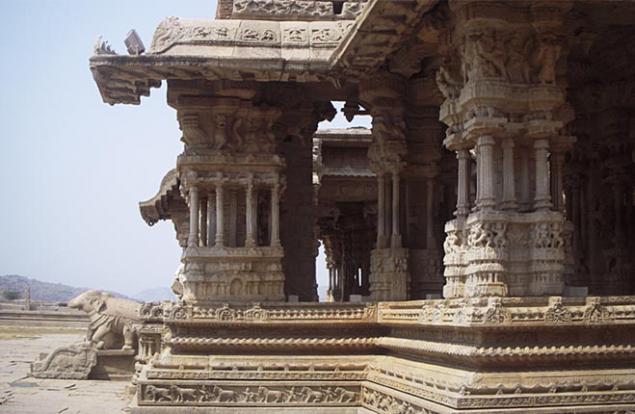1101
Stone carving in Indian style

On the territory of ancient India were used in the construction of wood materials, such as bamboo built characteristic of the local architecture round buildings. Around the III century BC. e. the dominant religion in India has become Buddhism. Begins to use clay and stone. Of these masters learn to build such facilities as the traditional round shape. Evidence of the connection between these structures with the ancient wooden architecture of central India is a stone carving, which contains a tree structure. Masters tried to make decorative items made of stone like wood.
The most interesting in the Indian style from an architectural point of view are the so-called rock temples. Strategic considerations protect cities demanded the location of buildings in an area teeming with rocks and huge boulders. During the construction of the architects used the properties of the landscape, elaborately carved stone positioning shapes next to these stones and rocks. In such places, it is impossible to determine where it ends and begins landscape architecture. It seems that the small architectural forms are an integral part of the landscape of stone.
Small stone buildings were favored instead of building large imposing buildings. But the interior of the church was much more picturesque. The walls of many Indian temples adorned with sculptures made of stone, which were often just a giant size and, thus, attracts the views of people. A distinctive feature of Indian temples were numerous columns richly decorated with carvings on their capitals was also present sculptures. Thus, we have designed numerous monumental buildings; they are many corridors and halls dating back thousands of columns. With this "forest" of columns contrasted large sculptures of Buddha, carved from solid granite blocks. All outside facade of the pavilion also painted and decorated with reliefs.























